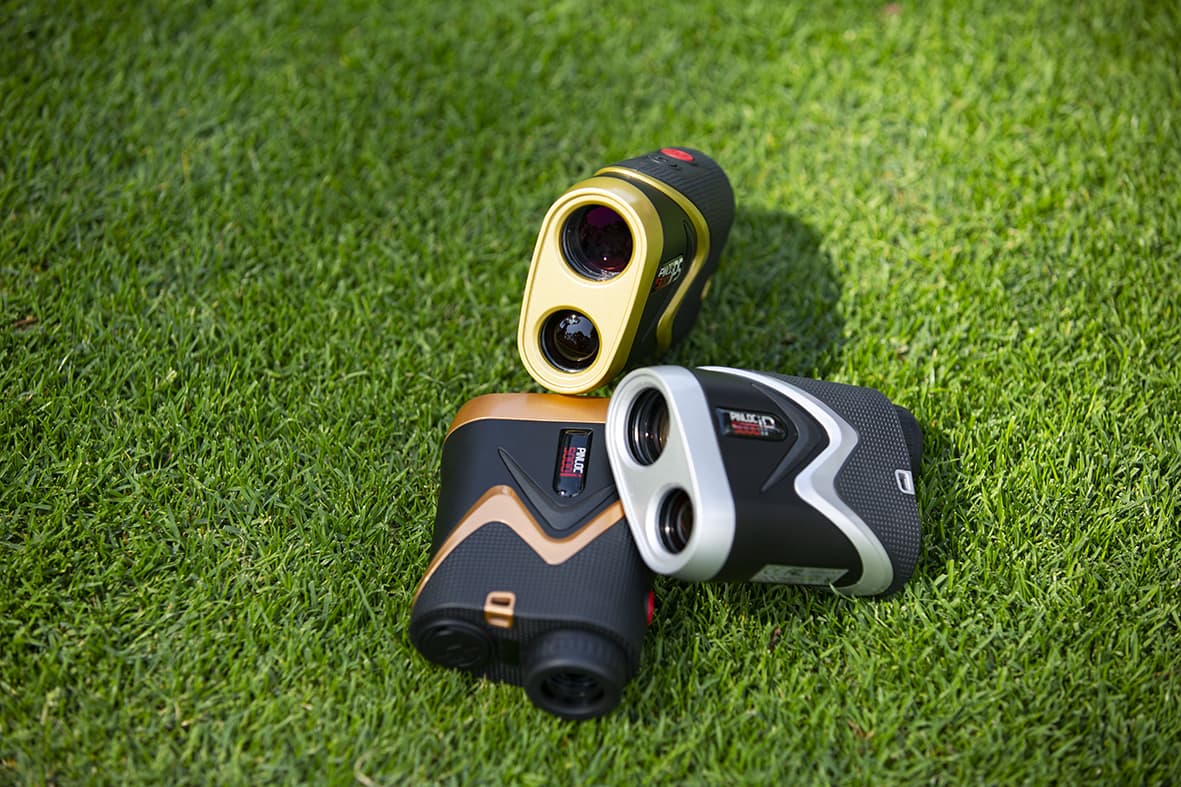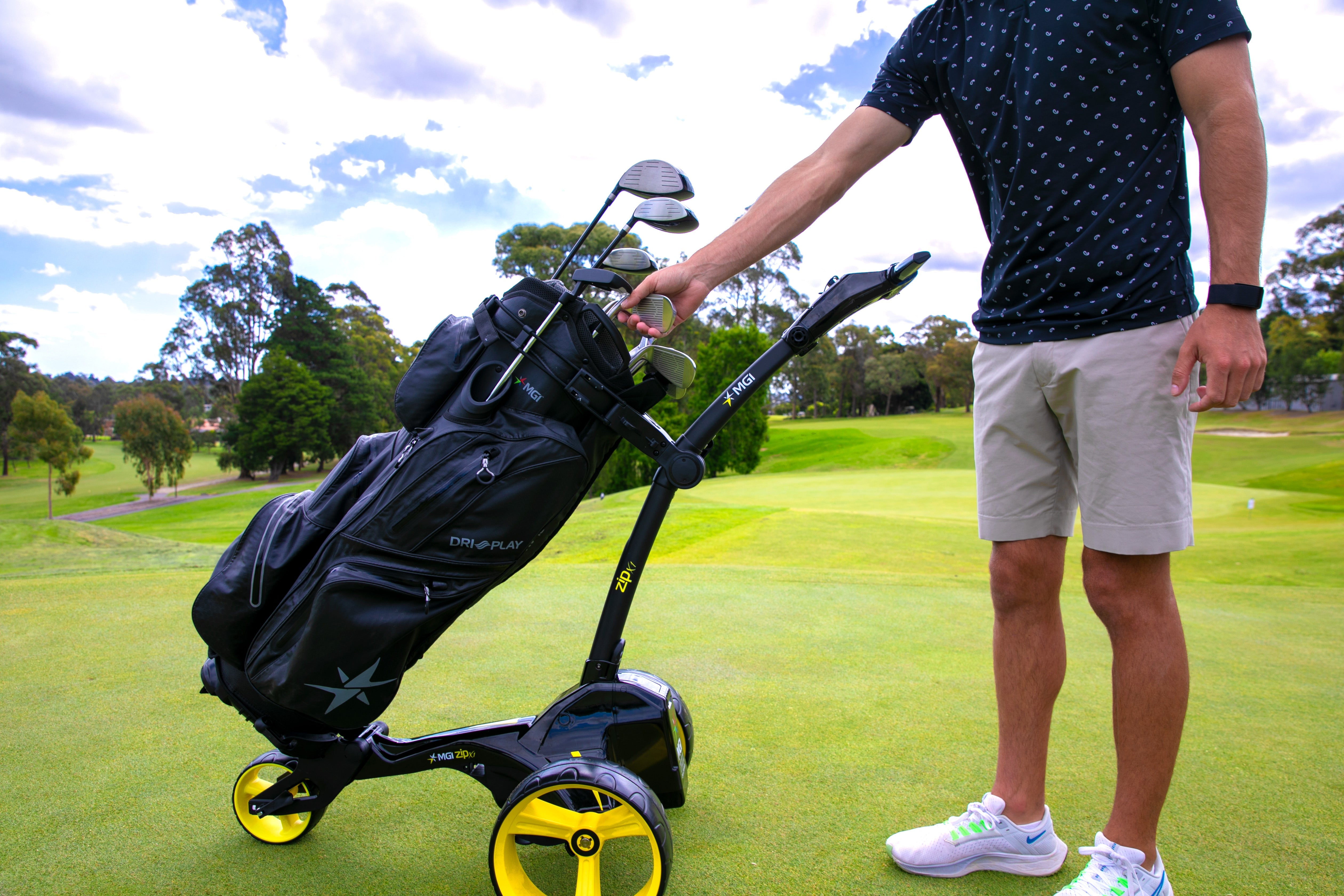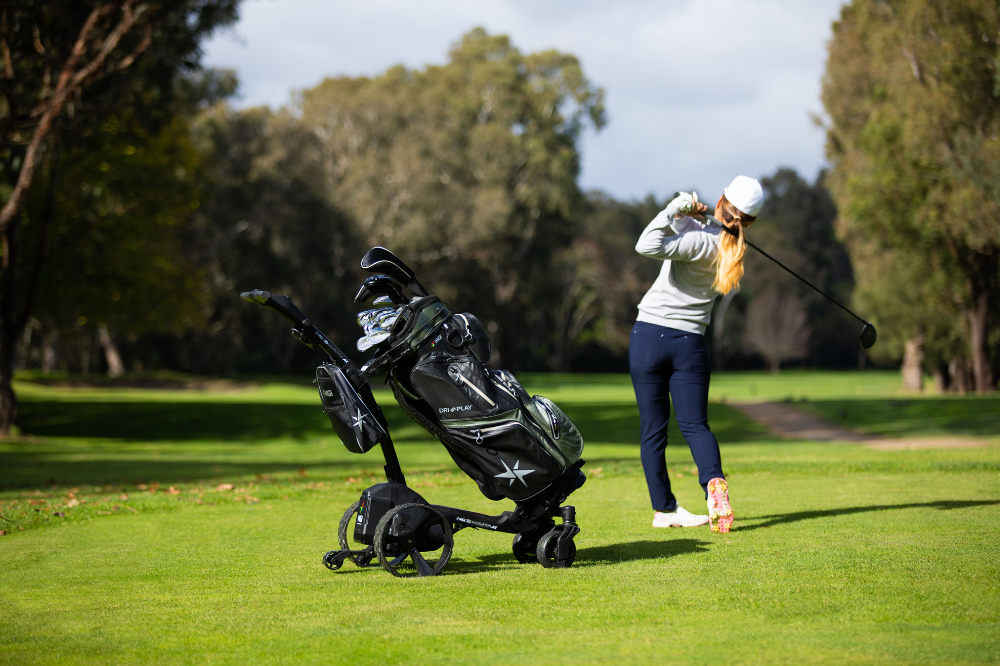Your Guide to Selecting the Right Golf Rangefinder for Your Game
Accuracy in golf comes down to confidence. When you stand over the ball, you want to know the exact distance to your target so you can commit to the shot. That’s where a golf rangefinder comes in. They have become an integral part of golfing, just like the modern electric caddy.

With so many models available, picking the right one can feel overwhelming, even if you are a seasoned golfer. This guide explains what to look for, how different features matter, and why some models are considered the best-rated golf rangefinders today.
8 Key Factors You Must Consider When Selecting a Golf Rangefinder
A golf rangefinder is one of the most reliable tools available if you want to improve your driving accuracy, which can average 70% for the top five players on the PGA Tour. It gives you precise yardages to the flag, hazards, or landing areas, helping you choose the right club with confidence.
So, even when you are looking at the top-rated golf rangefinders, be sure to consider these points:
1. Accuracy
The main reason to invest in a golf rangefinder is accurate distance measurement. Look for models with readings accurate to within a yard. Even small differences matter, especially when you’re deciding between clubs on approach shots. Remember, the top-rated golf rangefinders offer consistent readings across different conditions.
2. Magnification and Optics
Clear optics make it easier to spot the flagstick, even from a distance. A good rangefinder should provide at least 6x magnification, allowing you to lock onto the target with ease. Premium lenses also improve clarity in low light, giving you reliable performance early in the morning or late in the day.
3. Pin Locking Technology
Modern devices use vibration or audible feedback when the laser locks onto the flag. This eliminates doubt about whether the reading is for the flag or the background objects. The best-rated golf rangefinders feature advanced pin-lock systems that are quick, accurate, and reliable, even for shaky hands.
4. Slope Function
Some rangefinders calculate slope-adjusted yardages by factoring in uphill and downhill changes. This is valuable in practice rounds or casual play, but it’s not allowed in official tournaments unless the slope function can be turned off. If you play competitively, look for a model with a switchable slope mode.
5. Speed and Response Time
Waiting for a golf rangefinder to give you a reading can break your rhythm. Choose a device that delivers yardages quickly. Fast response times make it easier to play without holding up the group behind you.
6. Durability and Weather Resistance
Golf in the US means facing different climates, from the heat of Texas to the cool winds of northern states. A reliable rangefinder should handle it all. Look for models that are water-resistant to withstand light rain or mist and built with shock-resistant materials to survive occasional drops. A durable design gives you confidence that your device will perform round after round, no matter the conditions.
7. Battery Life
A dead battery on the course is frustrating. Typically, lithium batteries tend to last longer and hold up well between charges. Some of the best-rated golf rangefinders also feature auto-shutoff to save power during inactive periods.
8. Size and Weight
A compact, lightweight design, like MGI Sureshot SlimPRO, makes it easier to carry your rangefinder during a round. Some golfers prefer a slimmer profile that fits comfortably in a pocket, while others like a larger grip. Think about what feels comfortable for you and choose accordingly.

Comparing Types of Rangefinders
Each company or brand has its line of golf rangefinders with different specifications and add-ons. But at its core, you can break them down into three major categories:
1. Basic Models
Basic golf rangefinders are affordable and simple, making them ideal for golfers who want quick yardages without extra functions. They provide reliable distance readings to the flag or hazards, but skip advanced technology like slope or stabilization. These are a great option for casual golfers or beginners who want accuracy without spending too much.
2. Slope Models
Slope rangefinders calculate yardages based on elevation changes, giving you adjusted distances for uphill or downhill shots. This feature is especially useful on hilly courses where elevation can make a big difference in club selection. Many of these models now include a switch that allows you to turn slope mode off, making them legal for tournament play as well.
3. Premium Models
Premium or top-rated golf rangefinders offer advanced technology like superior optics, image stabilization, faster target locking, and extra durability. These devices are designed for golfers who want the highest level of precision and performance in every round. They are popular among serious players who value every possible advantage on the course.
Where Do MGI’s Golf Rangefinders Fit In
MGI’s Sureshot GPS collection provides golfers with precision tools designed for accurate and reliable readings during every round. This lineup features advanced capabilities such as slope functionality, quick pin-locking technology, and clear optics, all housed in sleek, compact designs that are easy to carry on the course.
The collection’s standout models include the Sureshot SlimPRO, with its slim profile, 7x magnification, and rechargeable battery for all-day performance, and the Sureshot PINLOC 6000iPSM, known for its rapid target detection and vivid display that makes locking onto the flag effortless. Other models in the series provide slope-adjusted yardages to help golfers fine-tune their distance control and shot strategy during practice or play.
Together, these innovations make the Sureshot rangefinders some of the most trusted in golf—ideal for players who value dependable technology, intuitive design, and consistent accuracy without unnecessary complexity.

Learn to Get the Most Out of Your Golf Rangefinder
Even the best-rated golf rangefinders can’t do much if you don’t know how to use them while on the course. So, when you buy a new device, put some effort into learning its various features before heading to the green.
Ideally, you should:
- Spend a few minutes getting comfortable with your device on the range.
- Focus on key distances like the flag, hazards, and lay-up spots, not measuring every shot.
- Store your rangefinder in an easy-to-reach pocket or case so you can grab it quickly.
- Replace or charge your battery before important rounds.
Final Thoughts
Think of a golf rangefinder as a tool that helps you build confidence and consistency. By focusing on accuracy, optics, pin-locking, slope features, and durability, you’ll be able to identify the models that fit your needs best. The best-rated golf rangefinders don’t just measure distances; they help you commit to shots and improve your overall performance.
If you’re ready to add one to your bag, MGI’s Sureshot GPS rangefinders combine advanced features with reliability. With the right model, you’ll step onto the course prepared, confident, and ready to play your best.



